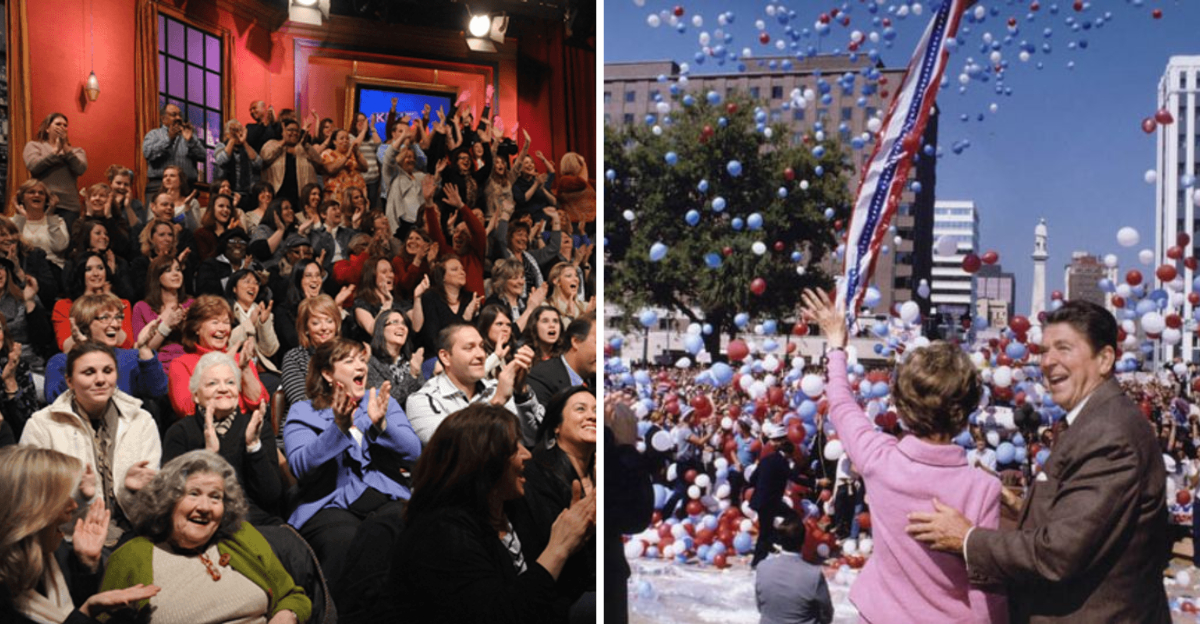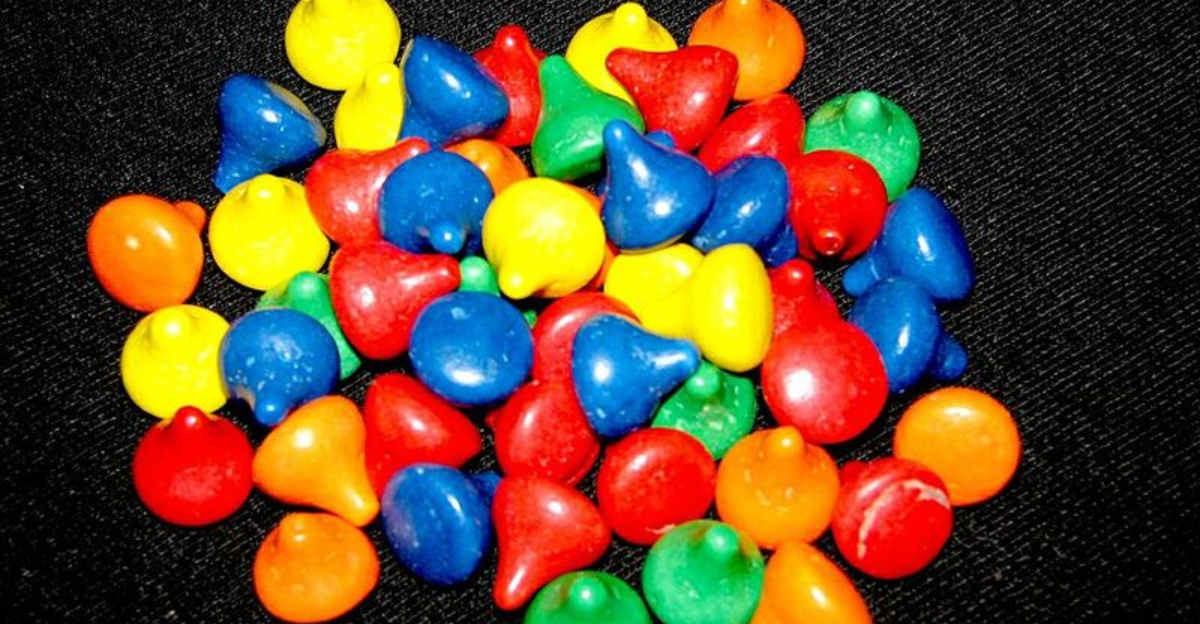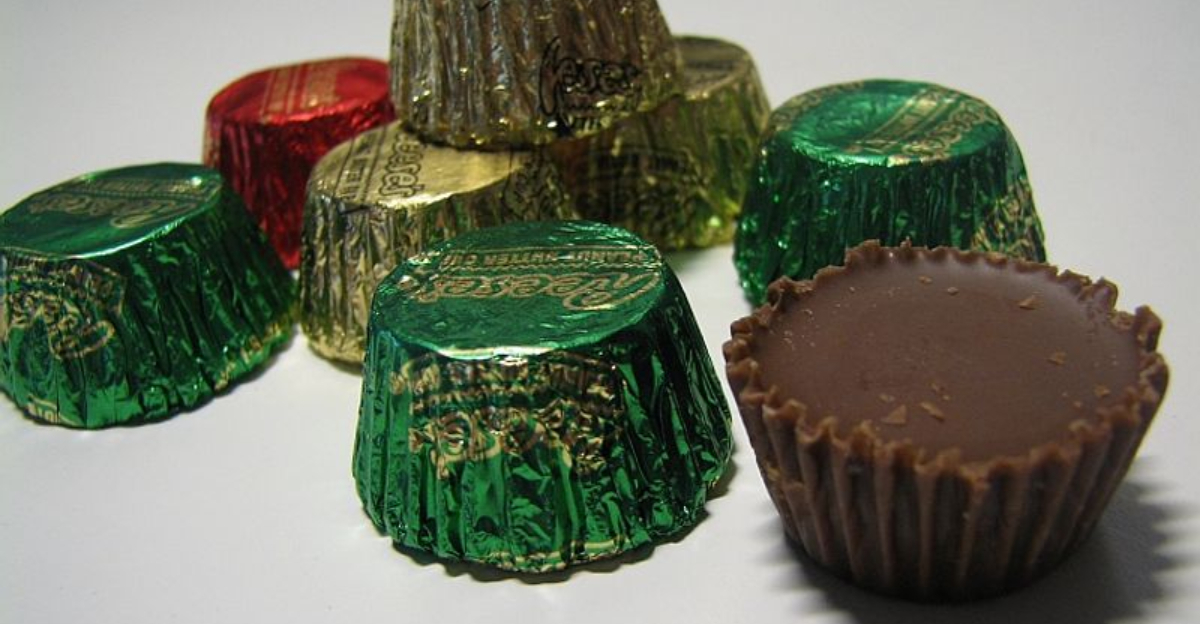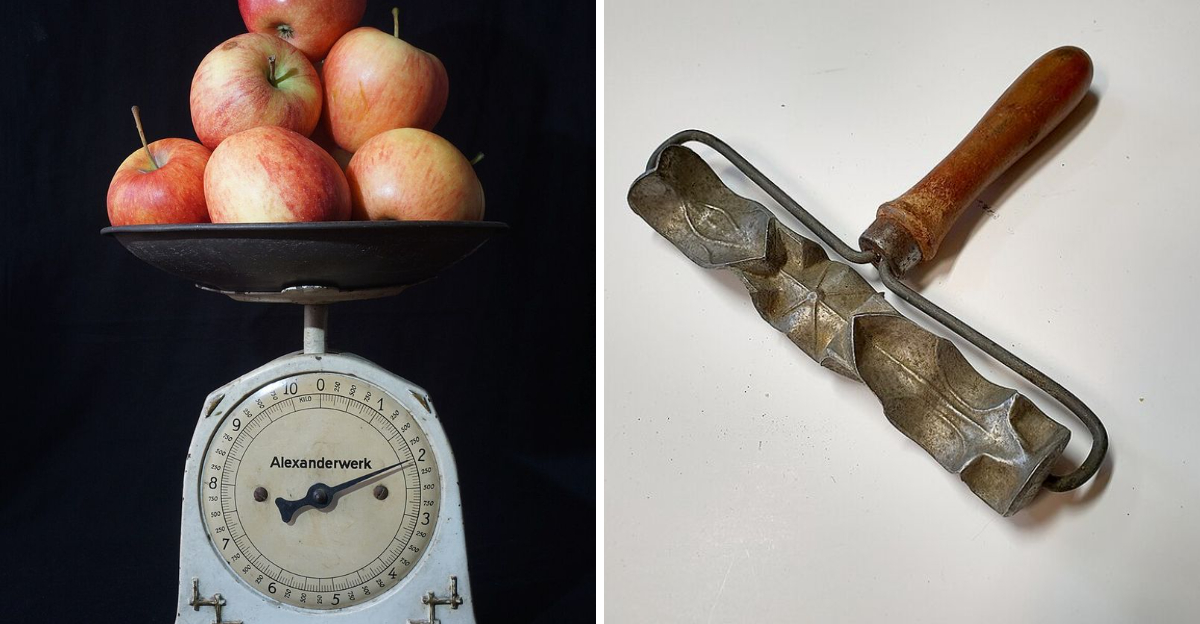8 Rare Vintage Photos That Show What America Looked Like 100 Years Ago
Step back in time and imagine America a century ago.
Cars were still a novelty, people worked the land with their hands, and communities gathered on Main Street to celebrate together.
Vintage photographs capture moments that reveal how much life has changed since the 1920s.
1. Crowded Streets of 1920s New York
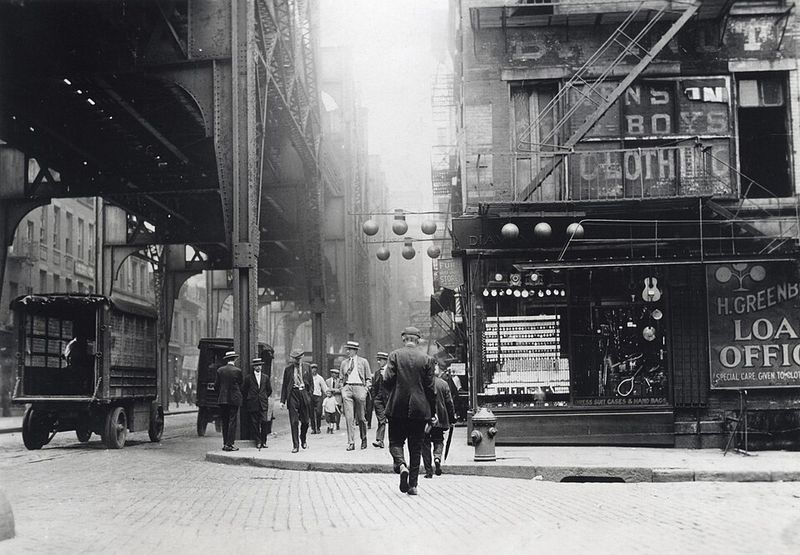
Sidewalks packed with pedestrians wearing fedoras and long coats made Manhattan feel like a human river flowing through concrete canyons. Streetcars clanged past Model T Fords while vendors hawked newspapers on every corner.
Buildings stretched toward the sky as construction boomed throughout the city. Life moved at a frantic pace even without smartphones or modern technology to speed things along.
2. Farmers Harvesting by Hand
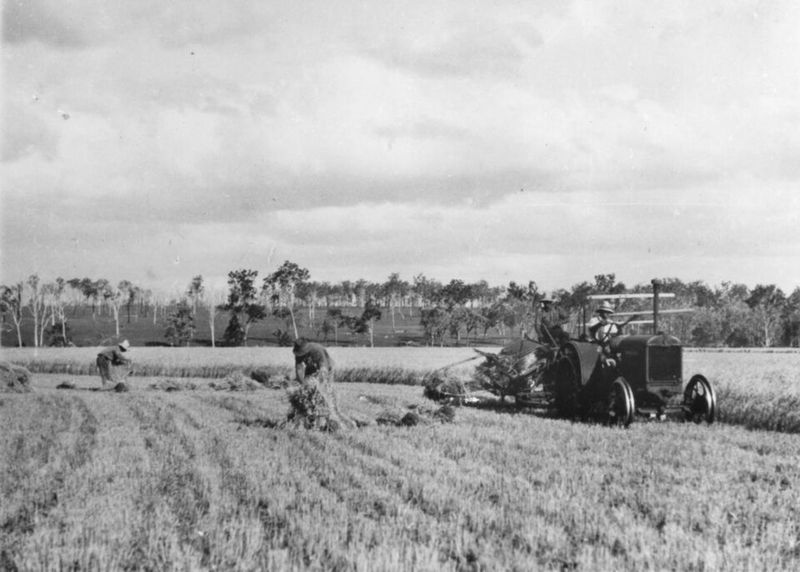
Before massive combines rolled across fields, families bent low under the sun to gather crops with hand tools and determination. Every stalk of wheat, every ear of corn required human effort and calloused hands.
Children often worked alongside their parents during harvest season when school let out. Farming communities understood that survival meant everyone pitched in when crops ripened and weather threatened.
3. Steam Locomotives Powering the Nation
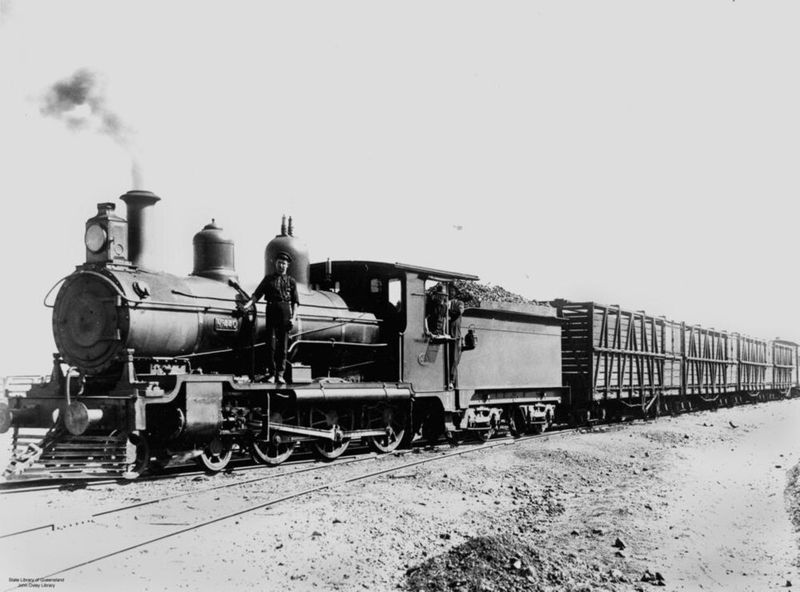
Massive iron horses belched smoke and steam as they connected cities across thousands of miles of track. Railroad stations buzzed with travelers carrying leather suitcases and waving goodbye to loved ones.
Engineers in striped caps controlled these mechanical marvels that could haul freight and passengers faster than anything else available. Trains represented progress, adventure, and opportunity during an era when flight was still rare.
4. Family Picnics in Small-Town Parks
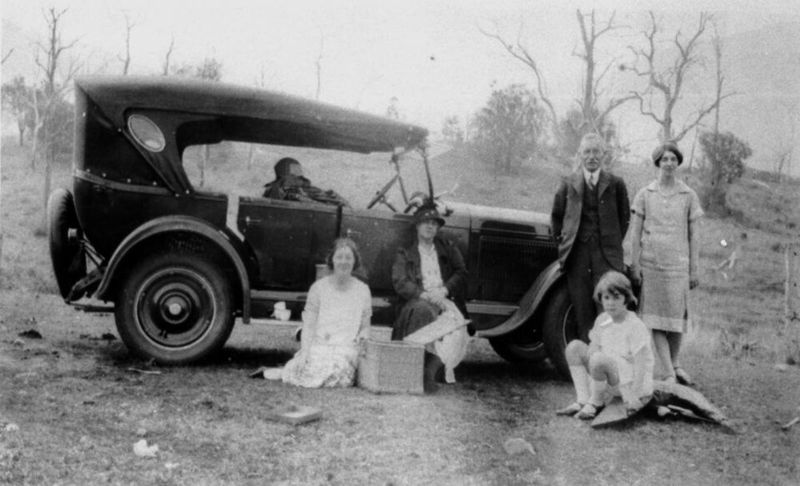
Wicker baskets overflowed with homemade sandwiches and lemonade as families claimed shady spots under oak trees every Sunday afternoon. Kids chased each other around gazebos while parents relaxed on quilts spread across freshly mowed grass.
Simple pleasures mattered most when entertainment meant conversation, games, and being together outdoors. Nobody missed television because nobody knew what they were missing yet.
5. Women’s Suffrage Marches in Full Swing
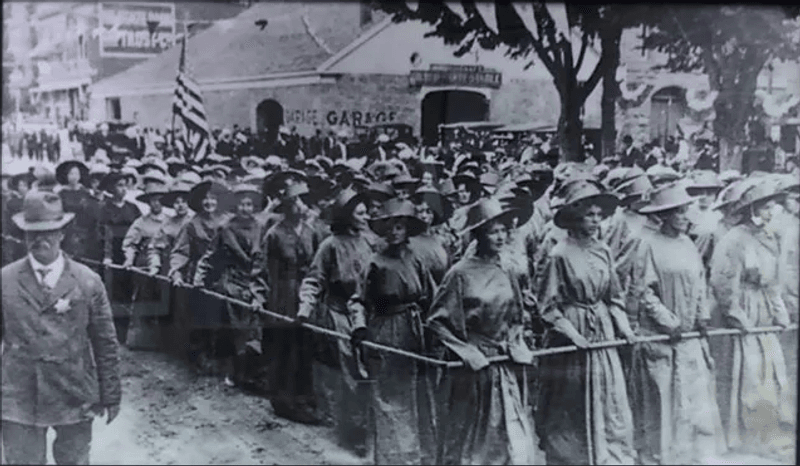
Determined women filled streets carrying banners demanding the right to vote, refusing to stay silent any longer. Suffragettes marched in organized lines, their faces set with resolve despite opposition and ridicule.
Victory came in 1920 when the 19th Amendment finally passed after decades of struggle. Photographs captured history being made as half the population gained a voice in democracy at last.
6. Early Automobiles on Dusty Roads
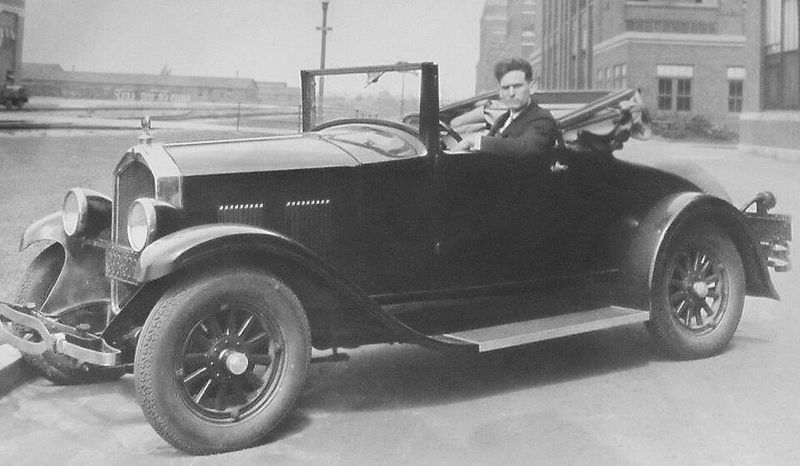
Motorists bounced along rutted dirt roads in open-topped vehicles that kicked up clouds of dust behind them. Goggles protected eyes from flying debris while leather driving gloves kept hands steady on wooden steering wheels.
Paved highways remained rare luxuries, so most journeys meant navigating mud, rocks, and unpredictable terrain. Breaking down miles from anywhere was common, turning every trip into an adventure.
7. Kids Playing Outside One-Room Schools
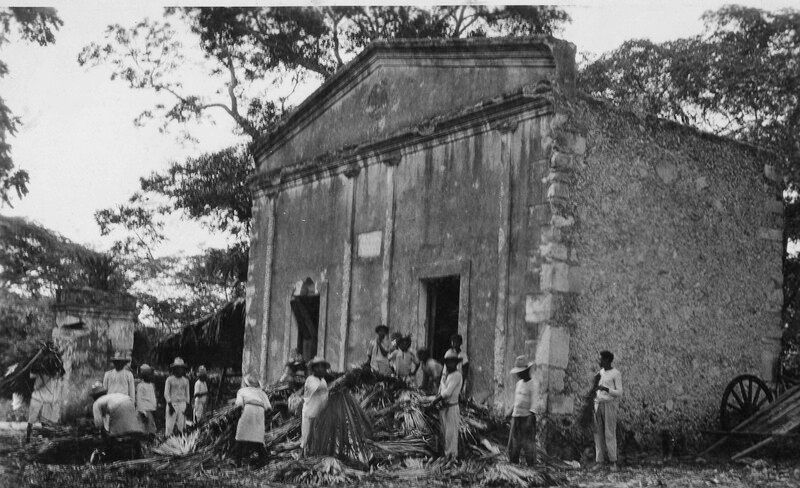
Recess meant running wild in open fields near tiny schoolhouses where students of all ages learned together in a single room. Jump ropes, marbles, and tag provided entertainment without plastic toys or electronic gadgets.
Teachers rang brass bells to summon pupils back inside for lessons in reading, arithmetic, and penmanship. Education happened in simple buildings with potbelly stoves and slate chalkboards.
8. Main Street Parades on Summer Days
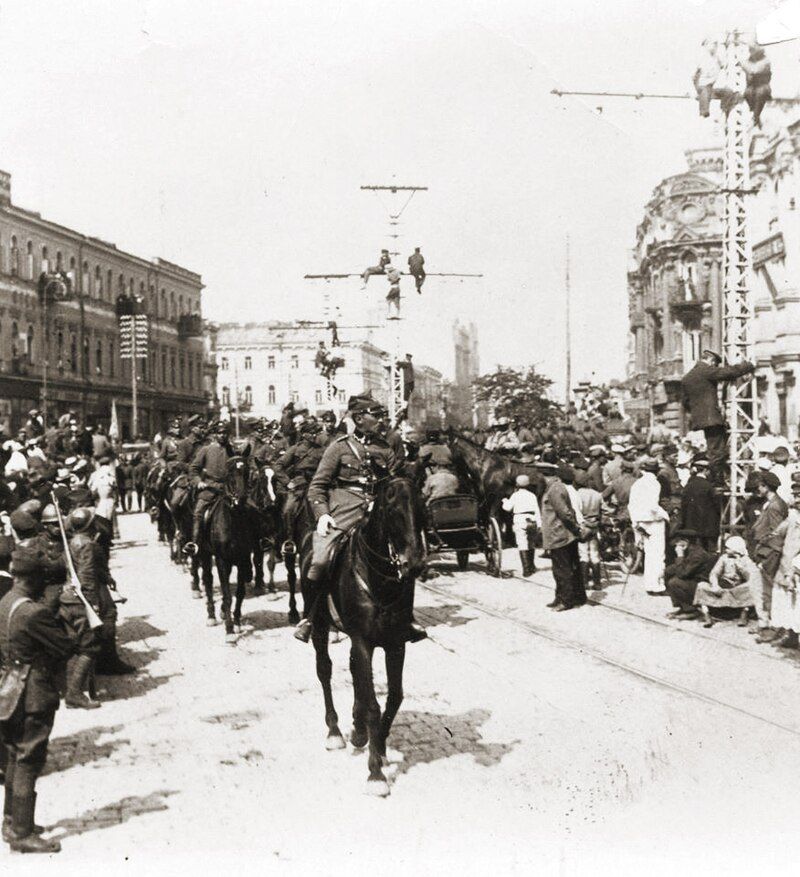
Entire towns turned out when parades rolled down Main Street, complete with marching bands and decorated floats pulled by horses. Bunting draped from storefronts while children waved flags and scrambled for candy tossed from passing vehicles.
Community celebrations brought everyone together to honor holidays, veterans, or local achievements. Parades represented shared pride and small-town spirit that defined American life back then.

